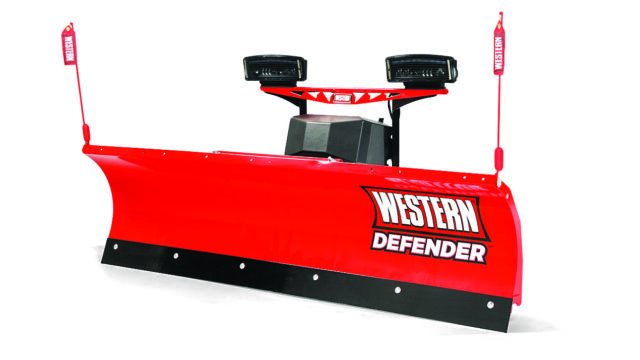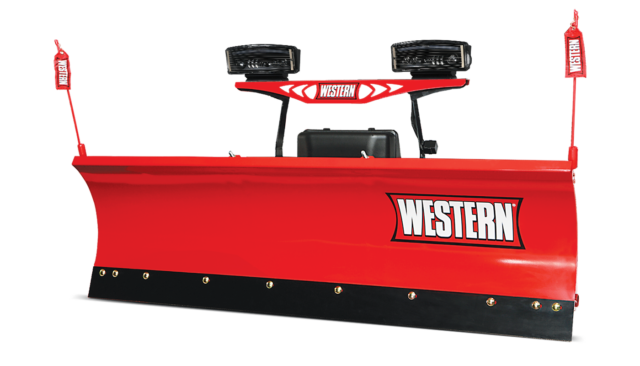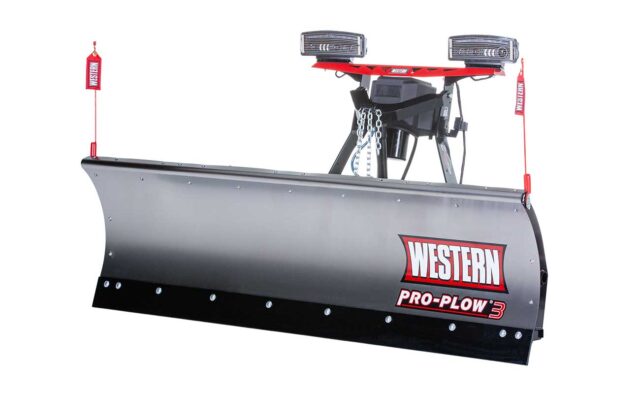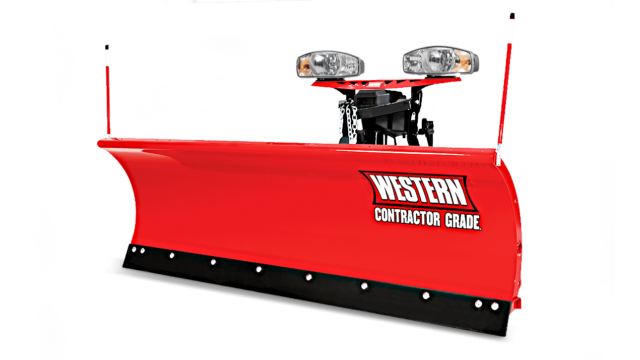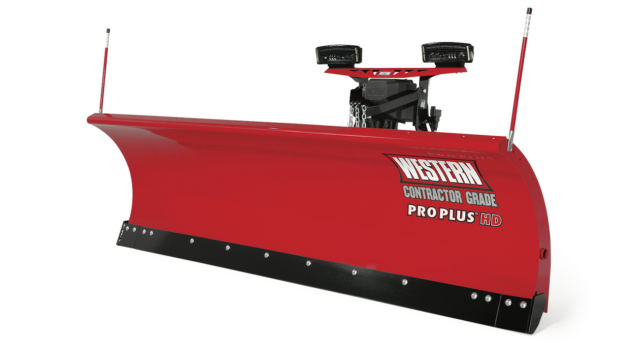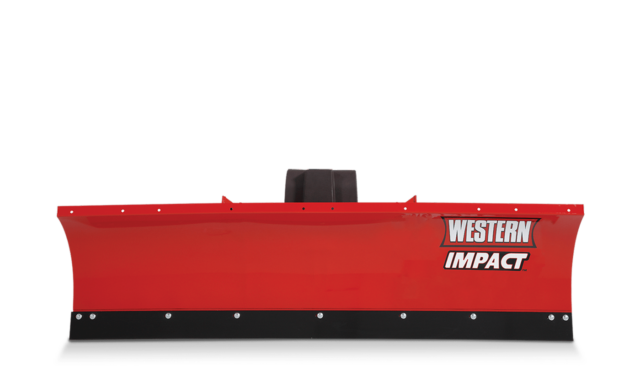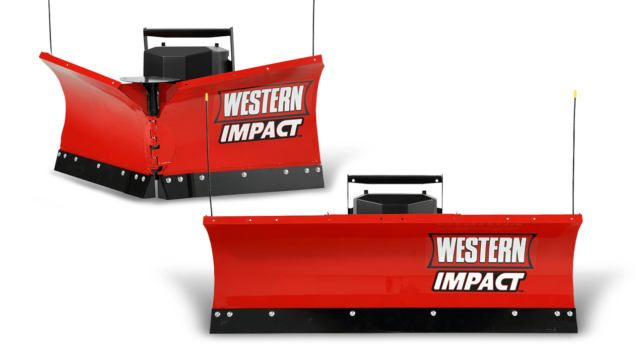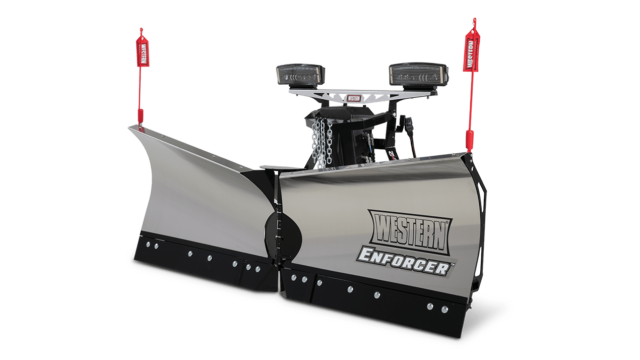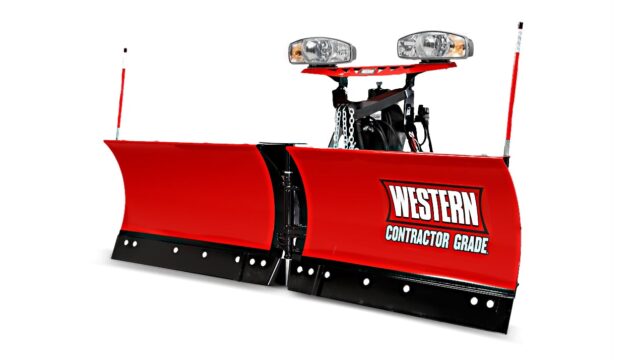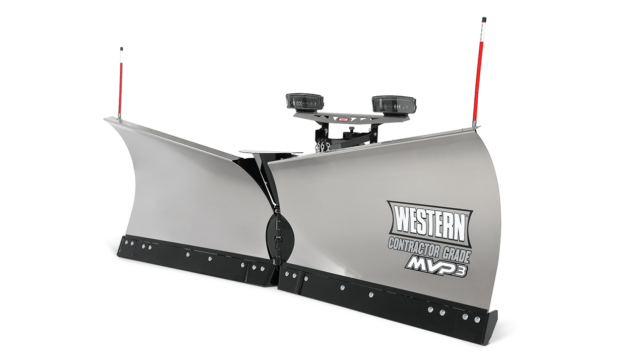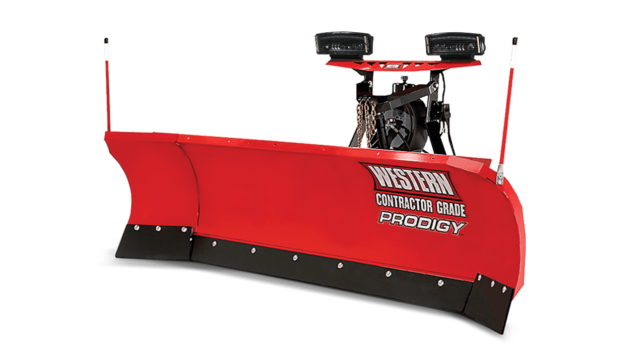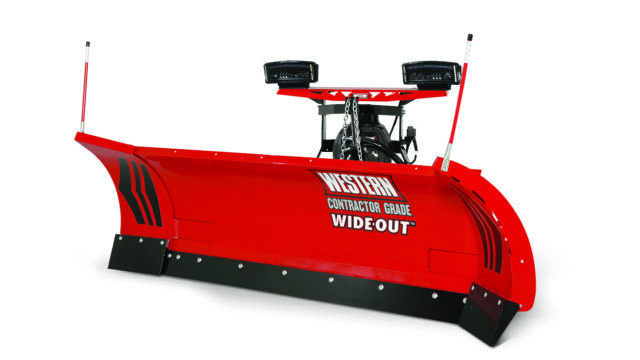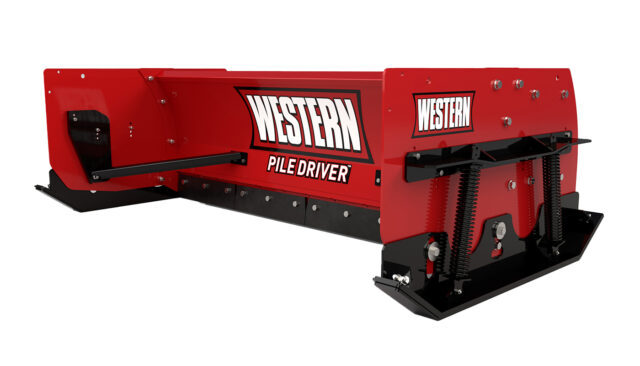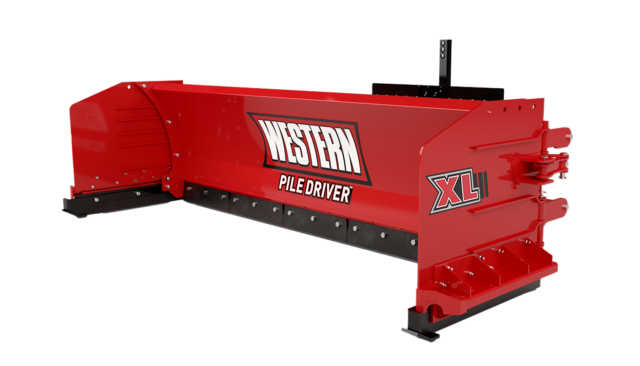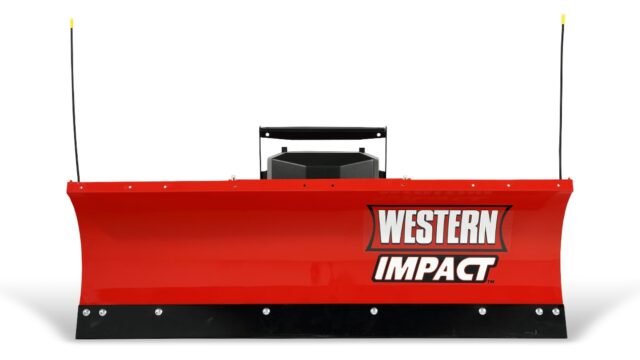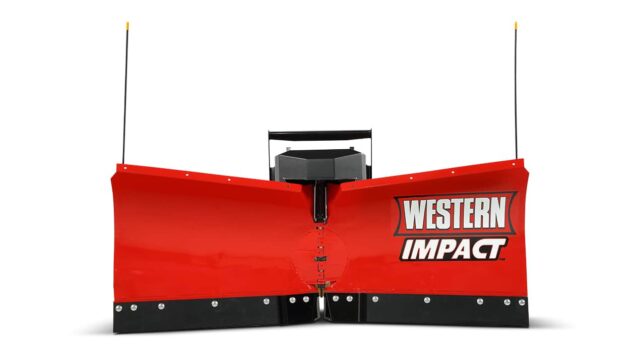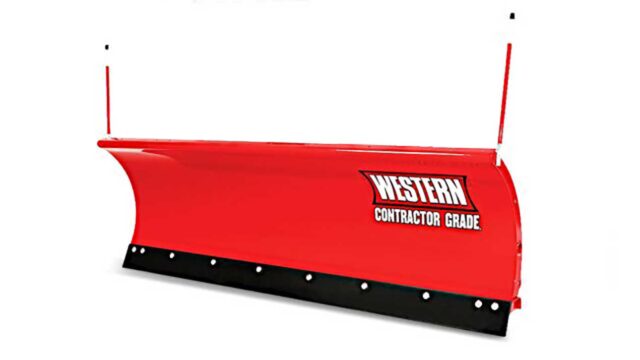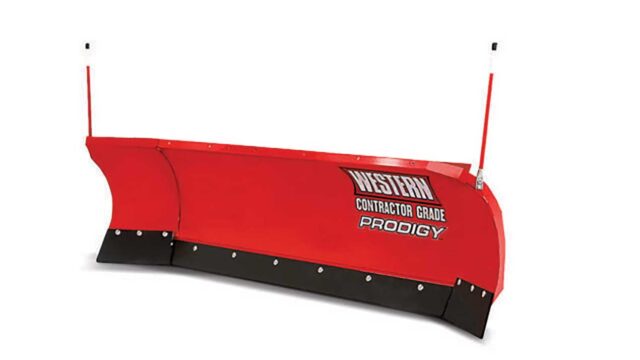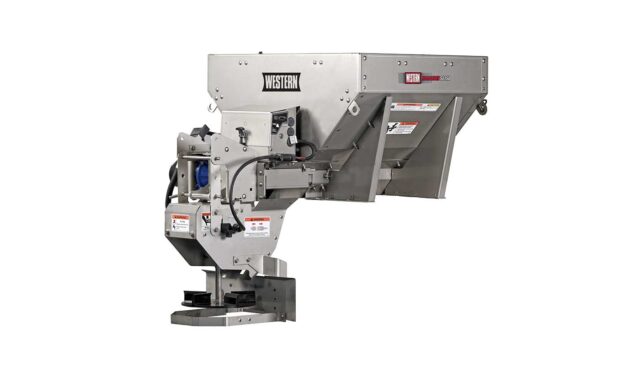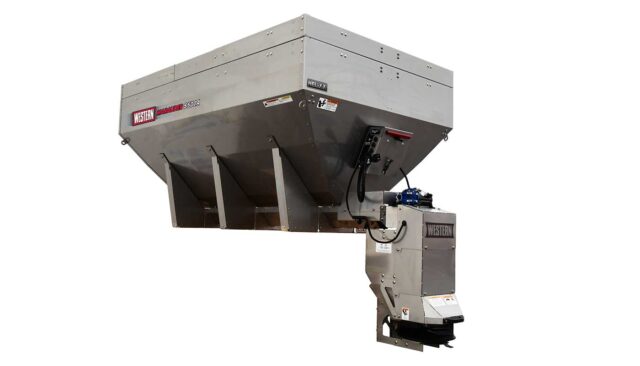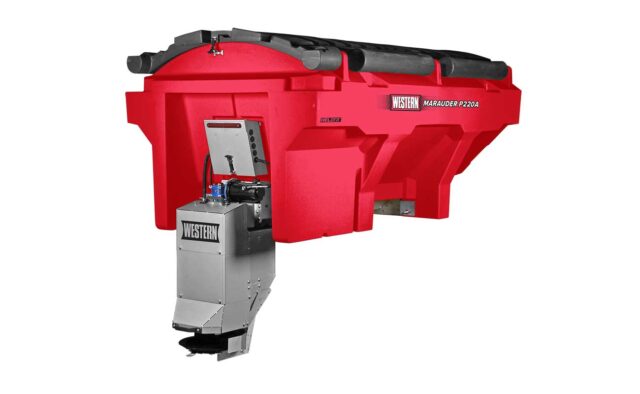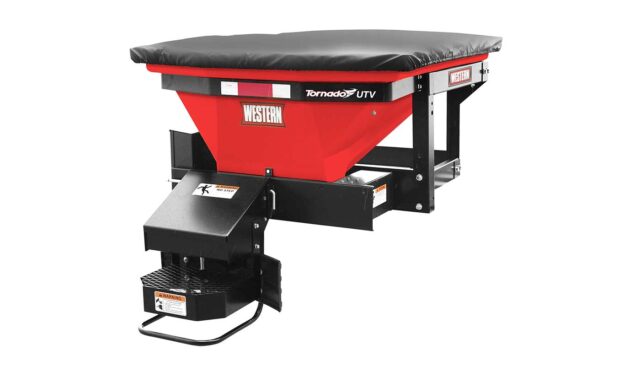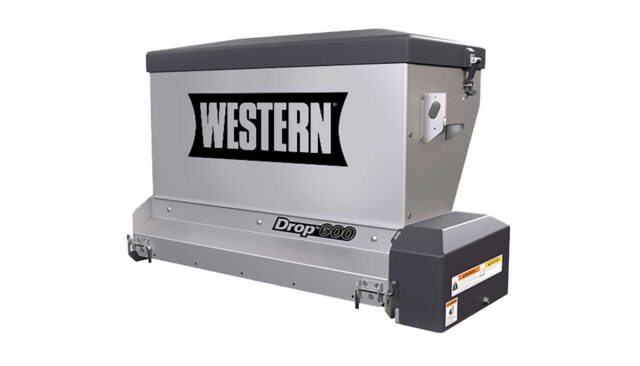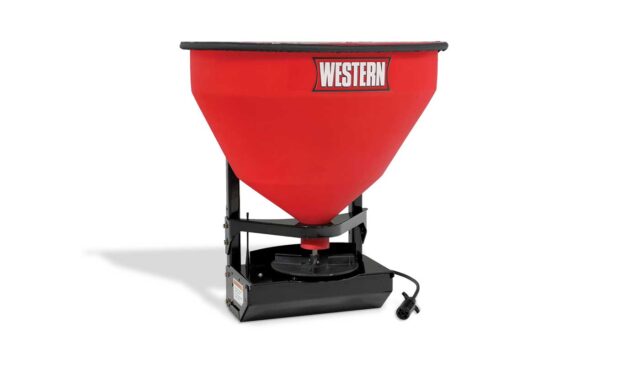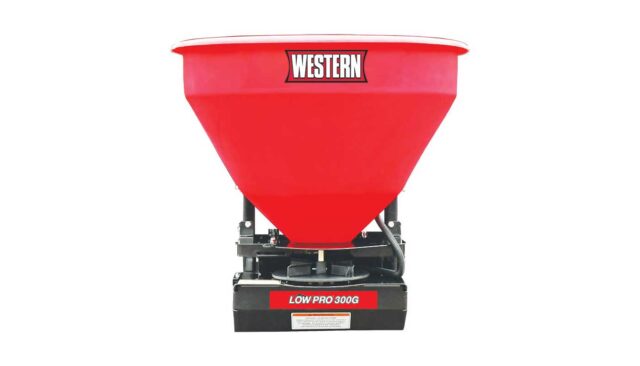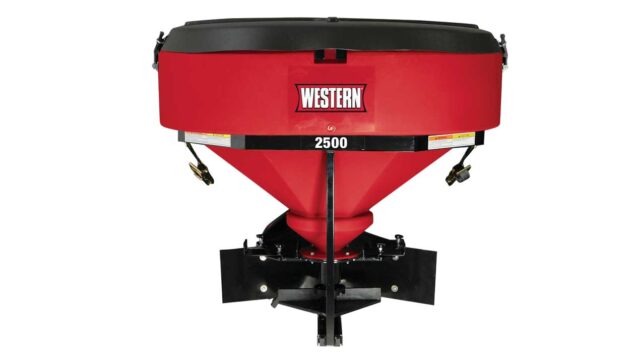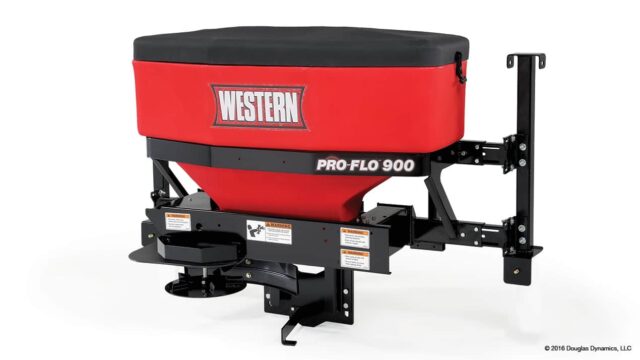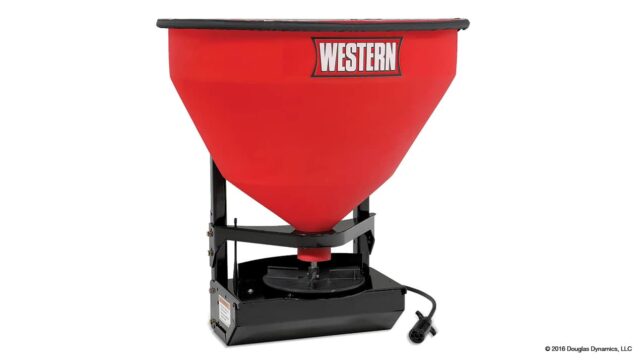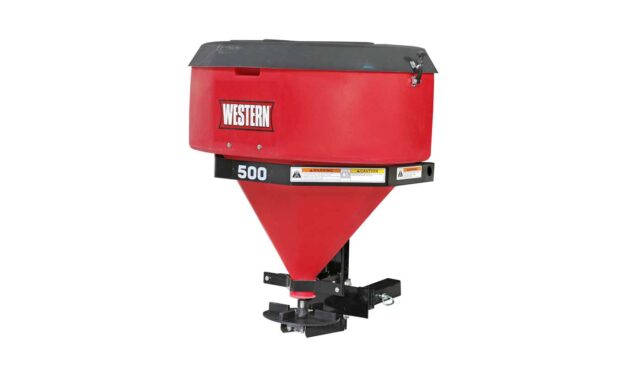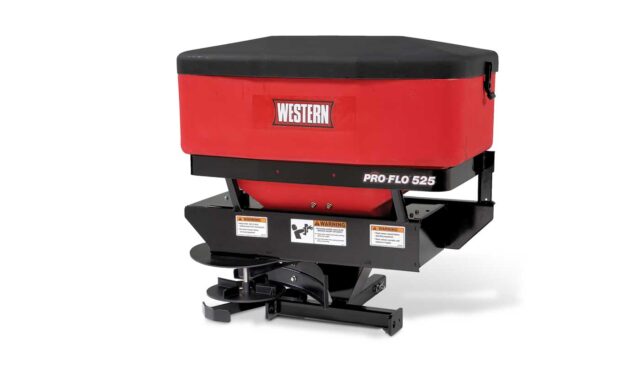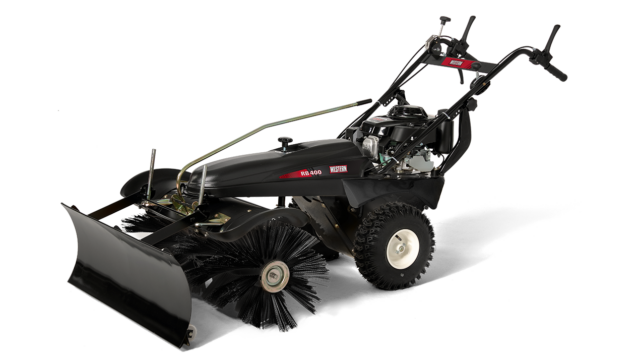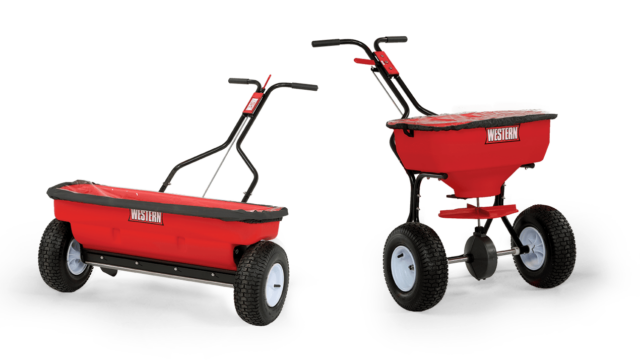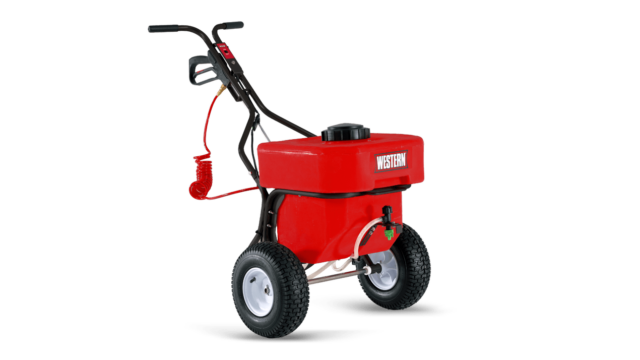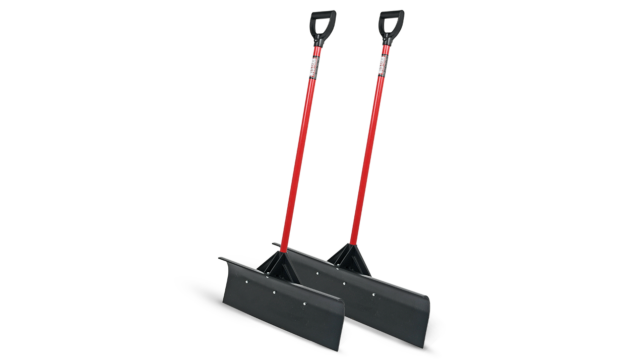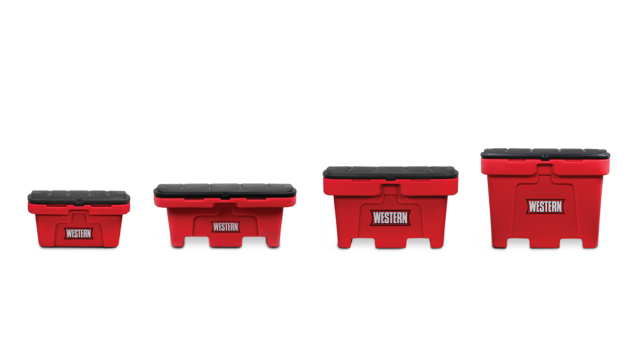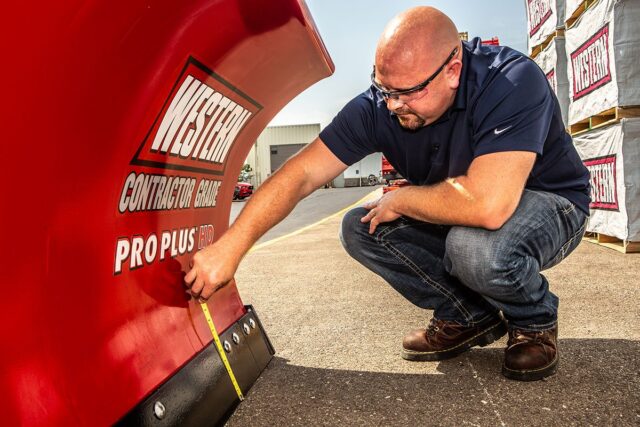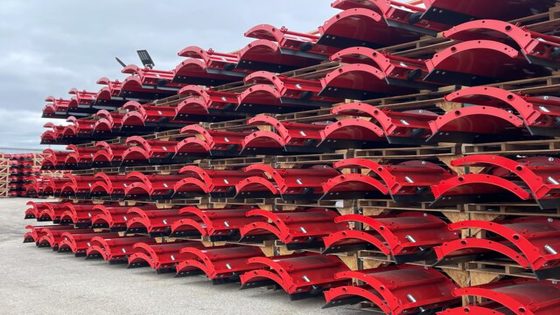Estimating Spreader De-icing Material Is All About Planning Ahead
Created July 30, 2020
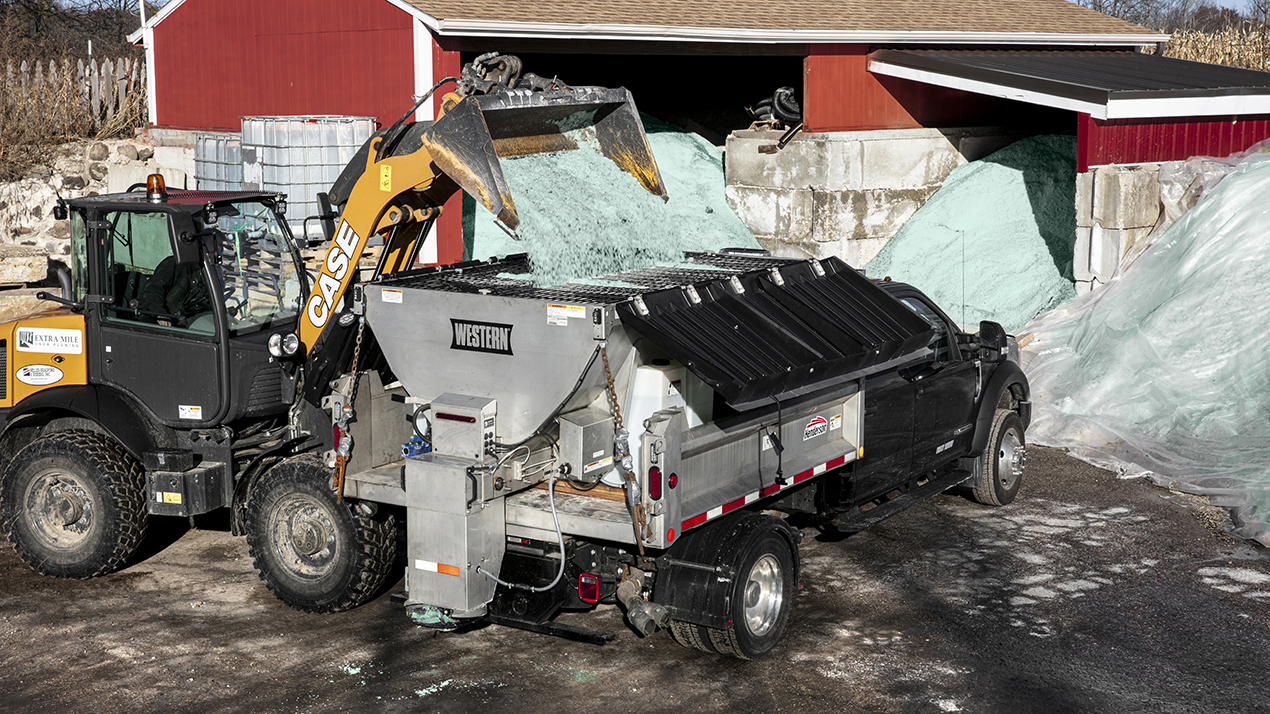
Anyone in the snow and ice industry knows that summer is the best time to prepare for the winter season ahead. Although equipment maintenance may be your first priority, don’t underestimate the power of pre-placing your spreader de-icing material order. Set yourself up for success and ensure you have enough salt for the upcoming season by planning ahead.
Salt Sourcing
The salt game is really just that, a game. It’s survival of the fittest, the smartest and most savvy win. If you don’t buy it, someone else will—making it more expensive and harder to find in-season. Depending on how close you are to the salt source, costs may vary because it’s all dependent on transportation. Having multiple sources may help you in a dire need situation.
Should I Use Bagged or Bulk Salt?
You’ll need to determine if it makes sense to purchase bagged salt, bulk salt or a mix. Sidewalk crews are more prone to using bagged salt because it’s easy to refill, regulate and keep clean. Companies with less than 10 employees using tailgate and walk-behind spreaders may also decide that it makes sense to stick with bagged salt, depending on the total amount needed.
Once you need more than 48 bags of salt or you’re using a hopper spreader, it’s more cost effective to buy in bulk. This requires a facility to store the material and a skid-steer or wheel loader to move it. Salt needs to be stored in above freezing temperatures, free from moisture or in a sealed container if possible. Avoid keeping it on the garage floor where melting snow and ice can come in contact with it.
If you have enough storage, it doesn’t hurt to buy extra to be safe. De-icing material is cheaper when buying in bulk and more available at pre-season, becoming less accessible as the season continues. Worst case scenario, you sell it to other contractor’s in-season and make a profit.
Some companies may want a combination of bagged and bulk material to have a variety available for their client’s unique needs. Pet and environmentally friendly material could help protect thousands of dollars in landscape costs, but also comes at a premium cost. These types of circumstances make sense to use bagged material to keep it regulated and clean from outside elements.
Calculating Enough Material for the Upcoming Season
In order to get a ballpark idea of how much material you’ll need, it’s important to know the type of material you’re spreading and what your typical account looks like. Most contractors can get a rough estimate based off how much was needed the year prior. Otherwise, you can calculate a more accurate amount with simple math—multiply the square footage of your typical account size by 0.01 pounds and then multiply that by how many accounts you have. This will give you the average amount of rock salt that is suggested for one snowfall. Lastly, multiply that by how many ice events you have in a year to get a fairly good estimate (on average you can assume 30 ice events per year).
Bonus Tip: If you have a spreader with pre-wet capabilities to activate the salt, it could reduce the amount of material needed—among numerous other benefits.
Salt Shortages Can be Reduced by Planning Ahead
Don’t believe the myth that there is a salt shortage—the only shortage is in available transportation to your geographic location. If the supply chain is disrupted, it can delay shipments and/or potentially increase costs due to demand.
Ultimately, if you plan ahead and stock up early on salt you shouldn’t have to worry about it once the first snowfall hits. It’s always better to be safe than sorry in the snow and ice industry.
